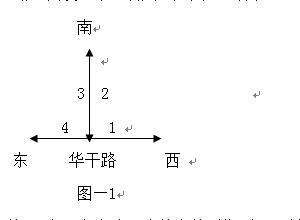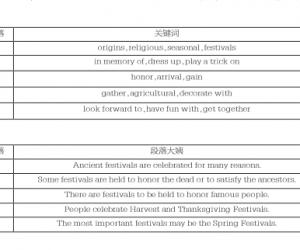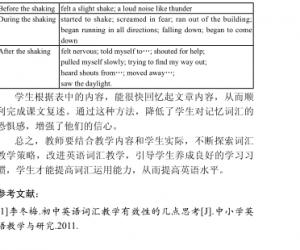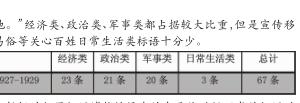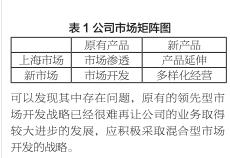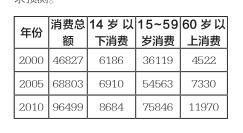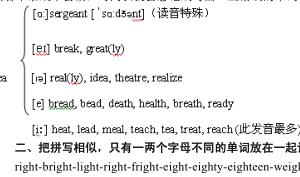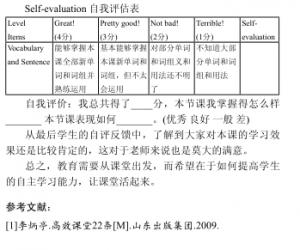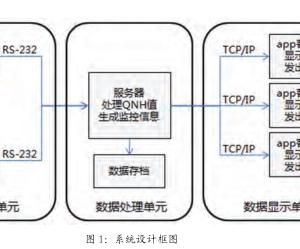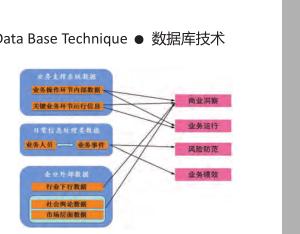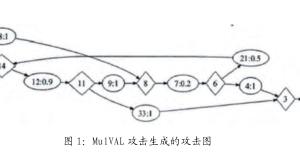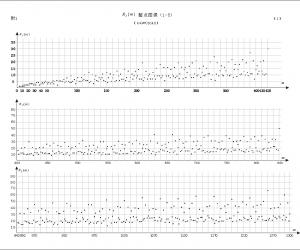A Theoretical Glimpse at Issues of Grammar Teaching
A
Theoretical Glimpse at Issues of Grammar Teaching
朱海涛
(广西大学行健文理学院 广西 南宁 530005)
Abstract: When it comes to the description of the
status of grammar in the field of second language teaching now, recent literature
bears witness a good deal of discussion about a ‘grammar revival’. More
recently, theoretical perspectives on language teaching and learning have
changed. The possibilities and feasibility of integrating form-focus
instruction and meaningful communicative activities in the communicative
language classroom have been explored.
Key
words: grammar, Theory,
discussion, application
1. Discussions
on the relationship between acquisition and learning
Language learning theories which influenced
the methods regarding grammar teaching in the past concerned mainly the
teachability of grammar. Two main streams can be found in Krashen and Ellis’s
arguments on the relationship between acquisition and learning. As one of the hypothesis
included in the broadening scope of Krashen’s well-known and influential
Monitor Theory (MT), the Acquisition-Learning Hypothesis includes the two
separate knowledge system described in Krashen (1976): the acquired system and
the learned system, which the former ‘consists of subconscious knowledge of
second language grammar’ (Larsen-freeman and Long 1991:240) being obtained
naturally as the child acquired his first language grammar, and the latter is ‘the
product of formal instruction (typically classroom language teaching), and comprised
conscious knowledge of easy second language rules’ (Larsen-freeman and Long
1991:240). ‘The orders of appearance of certain English grammatical morphemes’ (Larsen-freeman
and Long 1991:240) which Krashen (1976) calls a ‘natural order’ is the ‘surface
manifestation of the acquired system and the order is disturbed when learners
use their learned system’ (Larsen-freeman and Long 1991:240), which Krashen
(1976) names as ‘monitoring’. As the co-author of the book ‘The Natural
Approach’ with Krashen in 1983, Terell (1991:53) claims that ‘current second
language acquisition research supports the notion that an explicit knowledge of
how forms and structures function in the target language is neither a necessary
nor sufficient condition for their acquisition.’
2. Some
critical reviews on MT
The teaching applications of the Monitor
Theory have received critical reviews as summarized in Larsen-freeman and Long
(1991:249): ‘the lack of classroom evaluation studies, the absence of much
specificity as to the syllabus content of MT-inspired language teaching
programmes, and what is seen by some to be unwarranted rejection of advantages
to gained by various kinds of focus on language form in language teaching’.
Other researchers have argued that the learner’s role is perhaps less passive
than Krashen implies, and the acquisition involves conscious processes, of
which the fundamental is attention.
3. Processes
in the conversion between explicit and implicit knowledge
Two concepts in Ellis (2006)—Explicit
Knowledge and Implicit Knowledge indicate some similarities to Krashen’s ‘acquisition
and learning’ yet have been hypothesized differently: explicit knowledge may
aid learner in developing implicit knowledge. ‘Explicit knowledge is held
consciously, is learnable and verbalisable, and is typically accessed through
controlled processing when learners experience some kind of linguistic
difficulty in using the second language…implicit knowledge is procedural, is
held unconsciously, and can only verbalized if it is made explicit’ (Ellis
2006:95). While considering the role of explicit knowledge in second language
acquisition, Ellis (1993, cited in Ellis 2006: 97) claims that ‘explicit
knowledge can convert into implicit knowledge if the learner is ready to
acquire the targeted feature and that this conversion occurs if priming a
number of key acquisitional processes into it.’
Having answered the question that teaching
explicit knowledge does facilitate the development of implicit knowledge, Ellis
(2002a) particularly describes one of those acquisitional processes in the
conversion between explicit and implicit knowledge as consciousness-raising. ‘Consciousness-raising
constitutes an approach to grammar teaching which is compatible with current
thinking about how learners acquire second language grammar… it does represent
a real alternative in that it removes from grammar teaching the need to provide
learners with repeated opportunities to produce the target structure’ (Ellis
2002a:169,170). The central of this task-based approach is what researchers
call ‘consciousness-raising task’, which in Ellis (2002a) is thought to facilitate
the acquisition of the grammatical knowledge needed for communication by
emphasizing discovery learning.
REFERENCES
Ellis, R. (1993). Second language acquisition and the structural
syllabus. TESOL Quarterly 27: 91-113.
Ellis, R. (2002a).
Grammar teaching: Practice or consciousness-raising.
In Richards, J. and Renandya. W. (Eds.), Methodology in language teaching: An anthology of current practice.
Ellis, R. (2006). Current issues in the teaching of grammar: An SLA
perspective. TESOL Quarterly 40:
83-107.
Krashen, S. (1976). Formal and informal linguistic environments in
language acquisition and language learning. TESOL
Quarterly 10: 157-168.
Krashen, S. and Terrell, T. D. (1983). The natural approach: Language
acquisition in the classroom.
Larsen-Freeman, D. and Long, M. H. (1991). An introduction to second
language acquisition research.





